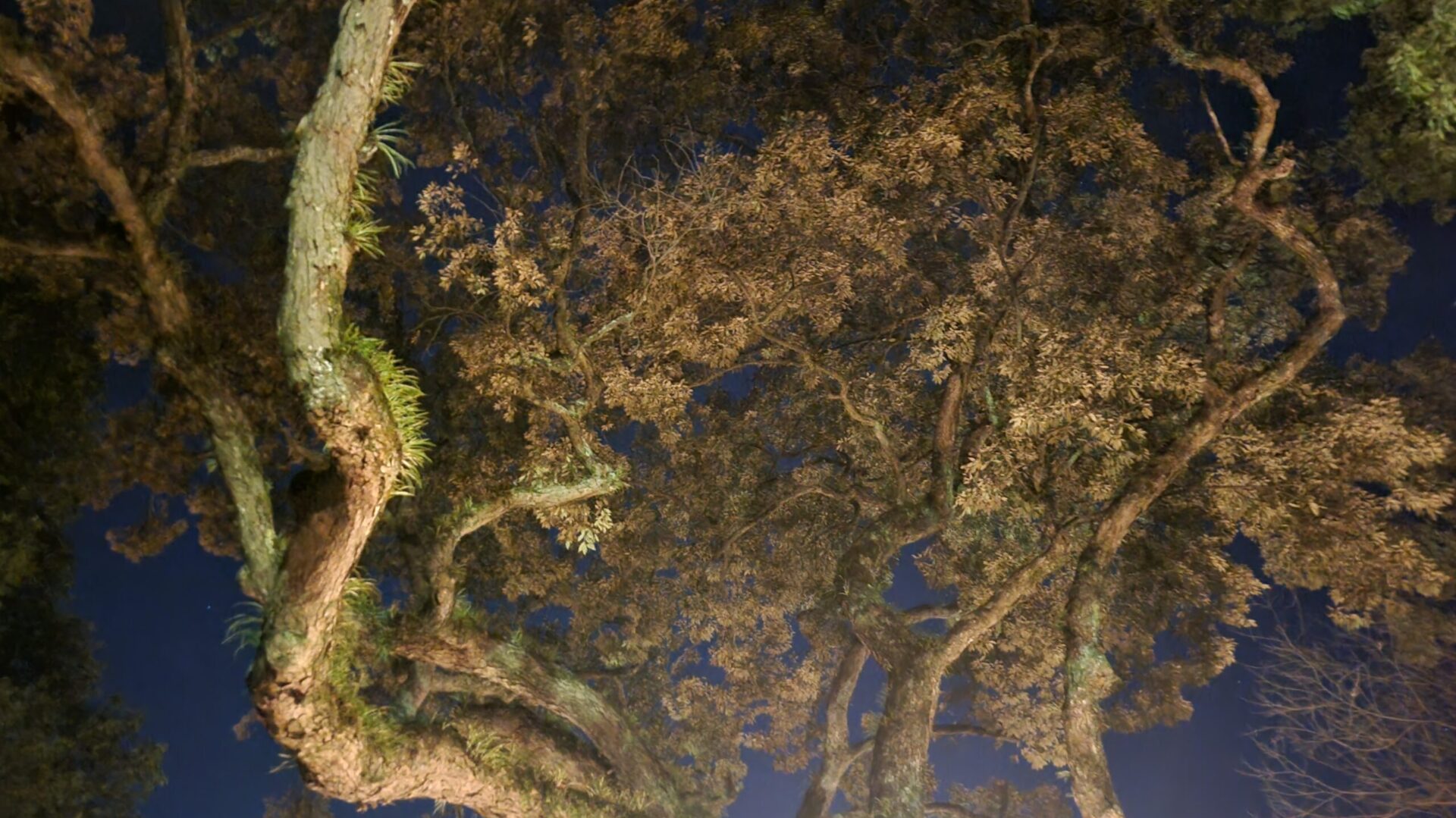09/02/2019 — Day 4
So far, the most surprising thing about Tai Chi is the kind of work out I’m getting from it. I spent the entire class trying my level best to keep my body as relaxed as possible, while attempting to follow the movements perfectly and keep their practical applications in mind. Take, for example, the opening stance. It is the central stance of the warm up exercises and the starting position of the first kata that we are learning. Stated simply, it is a straight on stance, a more compact version of a horse stance, with bent knees, feet shoulder-width apart, arms floating in front of your stomach, wrists limp but hands slightly extended, back straight, and hips forward and centered. It is said that done well, this stance can be maintained for extended periods of time because the only muscle you should really be using are your thighs. And I definitely feel it in the thighs. Thanks in no small part to my Ninjutsu background, it takes about 15 minutes or so before my thighs begin to burn and shake. After that, I spend the remaining hour or so of class attempting to work through the pain and disguise the shaking with small, nearly continuous motions.
The rest of my body is indeed relaxed for the most part, to the extent that I can force it to do so. Certainly, Tai Chi doesn’t feel like a work out for anything but my thighs. But this is the point were things become a little strange. Ordinarily, when I work out, I’m fully aware of the parts of my body that I am strengthening and can accurately predict which parts of my body will feel sore the next day. So I assumed after the first few classes that I would feel soreness in my thighs and maybe my gluts the next day.
This was not the case.
To be sure, directly after Tai Chi my legs feel tired and climbing stairs feels burdensome, but that evening my legs feel fine, and the following day there is no soreness. Now if it was just this, I would simply assume that my thighs are tougher than I give them credit for, all the burning and shaking notwithstanding. Indeed, this may yet be the case. However, there are other oddities at play.
I do, in fact, feel sore the following day after Tai Chi classes, just not in the legs. The pain centers around those places in my body that resist my attempts to relax them. Some of the notable and consistent culprits are the muscles right behind my shoulder blades, the muscles connecting my shoulder to my neck and the muscles/ligaments that lie between my neck and the base of my scull. These are part of my body that experience tension due to stress, or those places that lie around misalignments in my spine (which I’ve been meaning to see my Chiropractor about, if only I had the time), and they usually contain a small amount of tension or pain, but they seem to be aggravated by my attempts during Tai Chi to relax them. That, or the slow but lengthy process of loosening them by habitual forced relaxation is in fact releasing them bit by bit, but this actually allows me to feel the tension or pain stored there more? Or is it that the attention I pay these places in class just makes me realize the pain I’m experiencing already with far more clarity?
Whatever the reason, the next day after Tai Chi, I feel fine in the muscles I seem to use to most, but experience a distracting amount of discomfort in the places in my body that I’ve been consciously trying to relax… It simply seems odd to me. I’m hoping that this pattern does not continue for very long, that those places of tension will dissolve, that I will experience a more complete workout, and that the burning and shaking in my thighs in class will not occur, or I’ll at least be able to last much longer before it starts to happen.
That opening stance is supposed to be easy to move from, giving me lots of opportunity for attack or escape if I should need it, but right now it feels like my whole body is locking up while I try to maintain the stance through the shaking and pain. Perhaps my initial doubts about the more practical side of Tai Chi continue to lessen my appreciation for it. Hopefully, with time and results my skepticism will dissipate.

